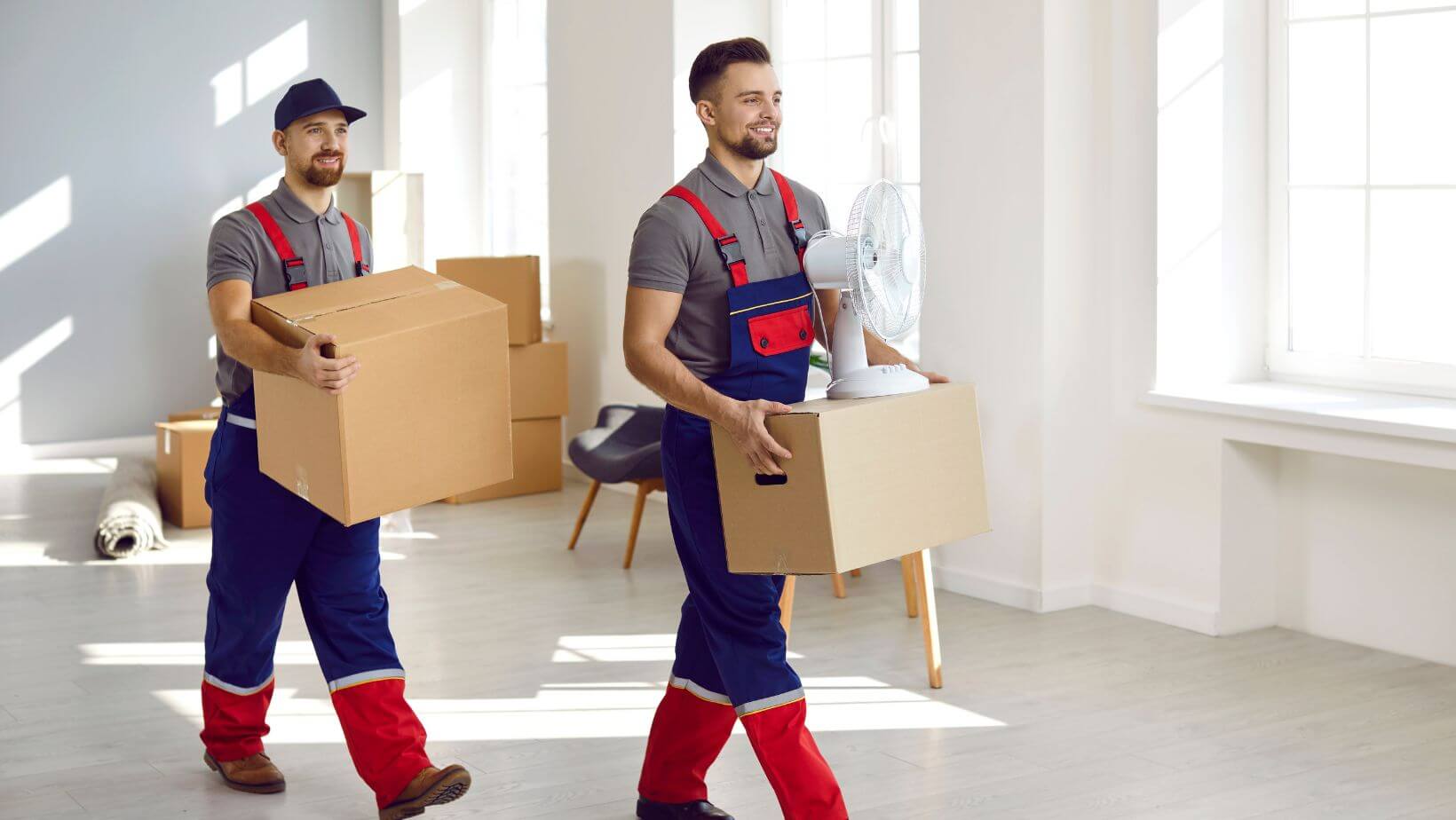
Pianos are more than just instruments; they are heavy, delicate, and often deeply sentimental pieces of furniture. Whether it’s a baby grand, upright, or digital model, moving a piano is not a DIY task. Without proper handling, you risk damage to the instrument, your home, and even serious injury.
That’s why it’s essential to understand the right methods, tools, and precautions for a piano move. Better yet, entrusting the job to experienced professionals like RiverHills Moving Company ensures your piano arrives safely, securely, and in perfect condition, no matter the distance.
In this article, we’ll walk you through the key steps and tips on how to move a piano the right way.
1. Understand the Challenges of Piano Moving
Pianos are extremely heavy (often weighing between 300 and 1,200 pounds) and have fragile internal components, including strings, pedals, and keys. Their size and shape make them difficult to maneuver through tight spaces, stairs, or narrow doorways.
Common risks include:
- Scratching floors or walls
- Damaging the piano’s finish or internal mechanisms
- Personal injury from lifting without proper technique
- Tuning issues due to movement or vibration
RiverHills Moving Company specializes in handling complex items like pianos, with trained crews and the right equipment to minimize these risks.
2. Gather the Right Equipment
Successful piano moving requires more than just muscle. You’ll need the right tools, including:
- Piano dolly – Designed to support the weight and shape of the piano
- Furniture straps – For secure lifting and stabilization
- Moving blankets and padding – To protect the finish and internal parts
- Stair ramps or skid boards – If stairs are involved
- Protective gloves – For better grip and hand protection
Professionals from RiverHills Moving Company come equipped with specialized tools for every type of piano move.
3. Measure Everything Before the Move
Before you start, measure your piano, the doorways, hallways, stairs, and elevators in both your current and new locations. This helps determine the best route and avoid tight corners or awkward turns.
Create a clear path by removing:
- Rugs or mats
- Wall hangings
- Furniture that could obstruct movement
This preparation ensures a smoother, safer move.
4. Secure and Protect the Piano
Proper protection is key to preventing damage. Start by:
- Locking the lid over the keys
- Wrapping the entire piano in moving blankets or thick padding
- Securing the blankets with heavy-duty tape or straps
For grand pianos, you may need to remove the legs, pedals, and lyre before wrapping and transporting.
RiverHills Moving Company has trained teams who can disassemble and reassemble grand pianos with expert care.
5. Use a Team – Never Move Alone
A piano should never be moved by one person. Depending on the type and weight, you’ll need at least 3–5 people to safely maneuver and lift the instrument.
Professional piano movers are trained in safe lifting techniques and know how to coordinate as a team, reducing the risk of accidents.
6. Moving Through Stairs or Tight Spaces
If stairs are involved, extra precautions are essential:
- Use skid boards and ramps for better control
- Go slowly and communicate constantly with your team
- Keep the piano balanced and upright at all times
When hiring RiverHills Moving Company, you’re working with a crew that knows how to handle stairwells, elevators, and tight apartment spaces with ease.
7. Transport and Load with Care
Once the piano is out of your home:
- Use a liftgate or ramp to load it onto the moving truck
- Ensure it is secured tightly against the truck wall
- Use additional padding to prevent shifting during transport
Never place heavy items on top of the piano, and always keep it upright.
8. Don’t Forget to Retune After the Move
Even if moved perfectly, pianos often go out of tune due to movement, humidity, and changes in temperature. It’s recommended to let your piano settle in its new environment for 2–3 weeks, then schedule a professional tuning.
Some moving companies may even assist in coordinating piano tuning services after the move.
Conclusion
Moving a piano safely and securely is not a task to take lightly. With the right tools, planning, and expertise, your prized instrument can be transported without a scratch or a sound out of tune.
Still, the best way to move a piano is with professional help. RiverHills Moving Company has the experience, equipment, and trained staff to handle piano moves of all sizes, giving you peace of mind and protecting both your instrument and your home.